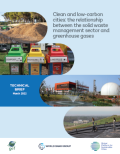Knowledge Products
The GPSC hosts a digital library featuring practical tools, reports, and case studies. Explore curated resources across thematic areas, filtering by topic or region to find the insights required to advance urban sustainability.
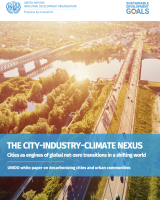
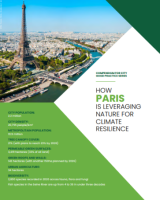
Compendium for City Good Practice Series: How Paris Is Leveraging Nature For Climate Resilience
This report, as part of the Compendium for City Good Practice series, highlights Paris's innovative approach to climate resilience through the strategic integration of nature into urban environments. It offers a comprehensive overview of Paris's strategy on urban nature, showcasing how the city is integrating biodiversity into planning, leveraging green spaces, biodiversity corridors, and sustainable landscaping to mitigate the impacts of climate change. The report serves as a valuable resource for cities worldwide seeking to emulate Paris's successful model of

Denser and greener cities: Green interventions to achieve both urban density and nature
Green spaces in urban areas supply multiple benefits, however, this was thought to come at the cost of density. New

Summary - Towards an IUCN Nature-Positive Approach: a Working Paper
To deliver a nature-positive future the world needs to be able to measure progress towards global goals, but currently lacks
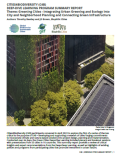
C4B 1st Deep-Dive Learning: Greening Cities - Summary Report
Cities4Biodiversity (C4B) participants convened in April 2022 to explore the first of a series of themes critical to the purpose

World Cities Report 2022: Envisaging the Future of Cities
The emergence of the COVID-19 pandemic in 2020 created a temporary crisis of confidence in the future of cities. However
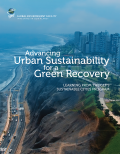
Advancing Urban Sustainability for a Green Recovery
Cities are central to economic growth and have a pivotal role to play in achieving global climate, nature, and sustainable
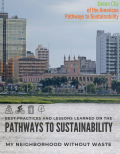
Best Practices and Lessons Learned: My Neighborhood Without Waste
The first step to recover valuable waste is to sort it at the point of origin, separating recyclables from non-recyclables
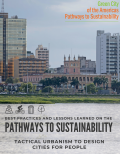
Best Practices and Lessons Learned: Tactical Urbanism to Design Cities for People
It is estimated that around 600,000 motored vehicles enter the city of Asunción each day, adding a lot of pressure
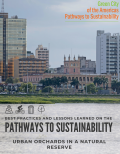
Best Practices and Lessons Learned: Urban Orchards in a Natural Reserve
“Banco San Miguel y Bahía de Asunción” Ecological Reserve is the city’s largest green area. Spreading over 300 hectares, this

